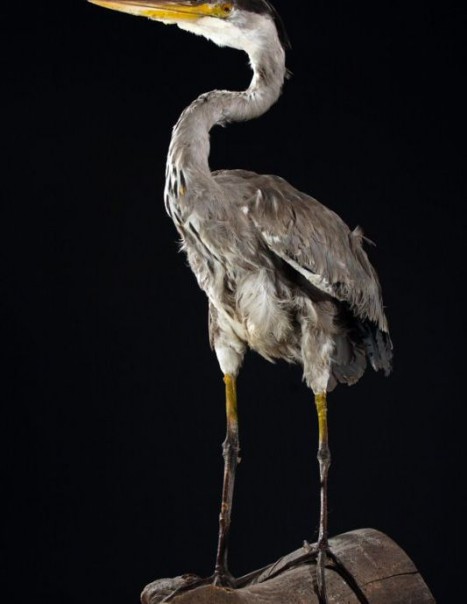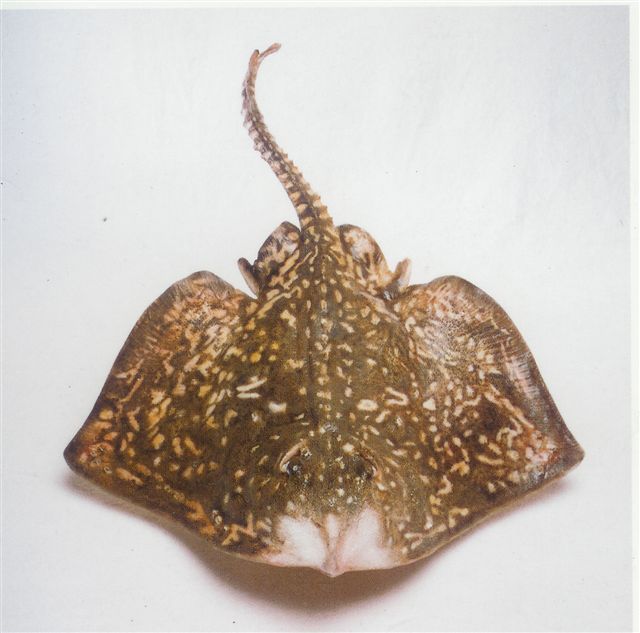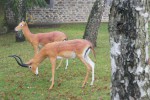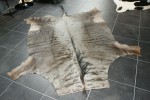Grey Heron – Ardea cinerea
Grey Heron – Ardea cinerea
Its way of hunting is special. It walks slowly and bent, in shallow waters, quietly, pointing down its powerful and sharp beak, ready to deal the death blow to the prey that will pass within range. Its flight is heavy and powerful and slow, with deep wing beats. It flies majestically. Sometimes flat, especially before landing.
It builds a large nest with dry twigs, branches, often nests in a single tree. The female lays from March to May mats eggs, blue-gray, sometimes tinged with red. Incubation is held alternately by both parents and lasts about 26 days.
They are fed by both parents. Young do not fly very well before the age of 55 days.
It feeds mainly on fish, eels, frogs, rodents, insects, crustaceans and reptiles.
Currently, the species is doing very well thanks to its full protection and better management of its habitat.





